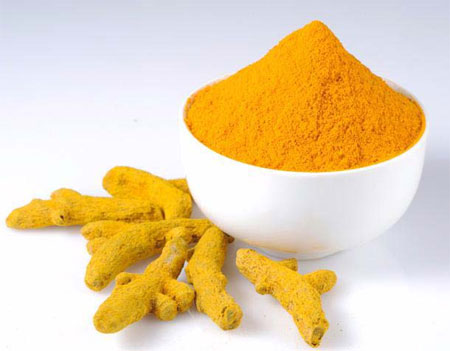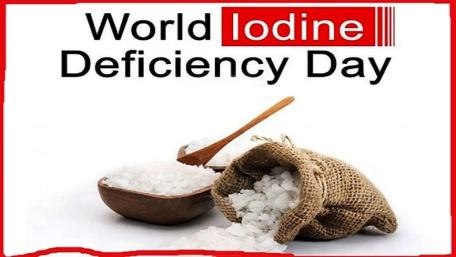How to find adulteration in food items?
Posted on: 15/Oct/2016 3:32:06 PM

It is true that many of the food items we buy from shops are adulterated which cannot be traced that easily. It is better to know more about how adulteration is carried out.
Asafetida - resin or gum is scented and added to asafetida. When pure asafetida is dissolved in water, a milk-like solution is obtained. When pure asafetida is ignited, it burns with a bright flame.
Sugar - they add the lime powder to adulterate sugar. Take a pinch of sugar and dissolve in water in a glass. If the sugar is adulterated with lime, this line will settle at the bottom of the glass.
Cardamom - They extract the oil from cardamom and then add facial talcum powder. If we touch it with hands, the face powder will stick to the hands. This cardamom will not have the usual smell.
Turmeric powder and pulses - They mix a chemical known as metanil yellow. If the adulterated turmeric powder is dissolved in concentrated hydrochloric acid, it will turn magenta colour.
Chilli powder - They mix sawdust (powdered wood), brick powder, Rodamine Culture, and red colour powder. If this adulterated chilli powder is mixed in water, the wood powder will float. Colour powder will turn the water into that colour. Brick powder will immediately settle in the bottom of the glass. If 2 gms of chilli powder is mixed with 5 ml of acetone, and if it turns red immediately, the adulteration is confirmed.
Coffee powder - Chicory powder is mixed. If the adulterated coffee powder is dissolved in cold water and shaken, the coffee powder will float whereas the chicory powder will settle in the bottom.
Coriander powder - This is mixed with horse dung powder. When dissolved in water, horse dung powder will float.
Clove - They might have already extracted the oil from the clove. Oil extracted clove is shrunk in shape.







